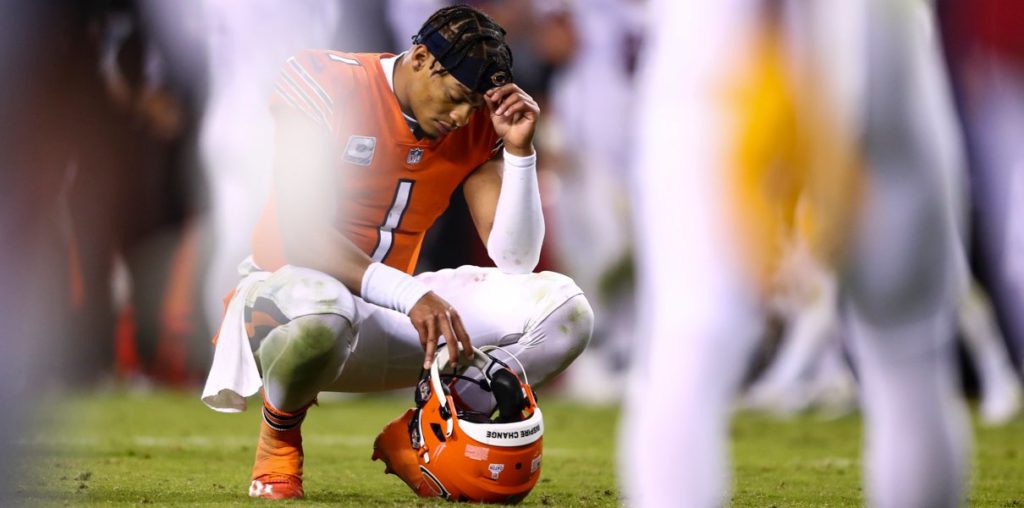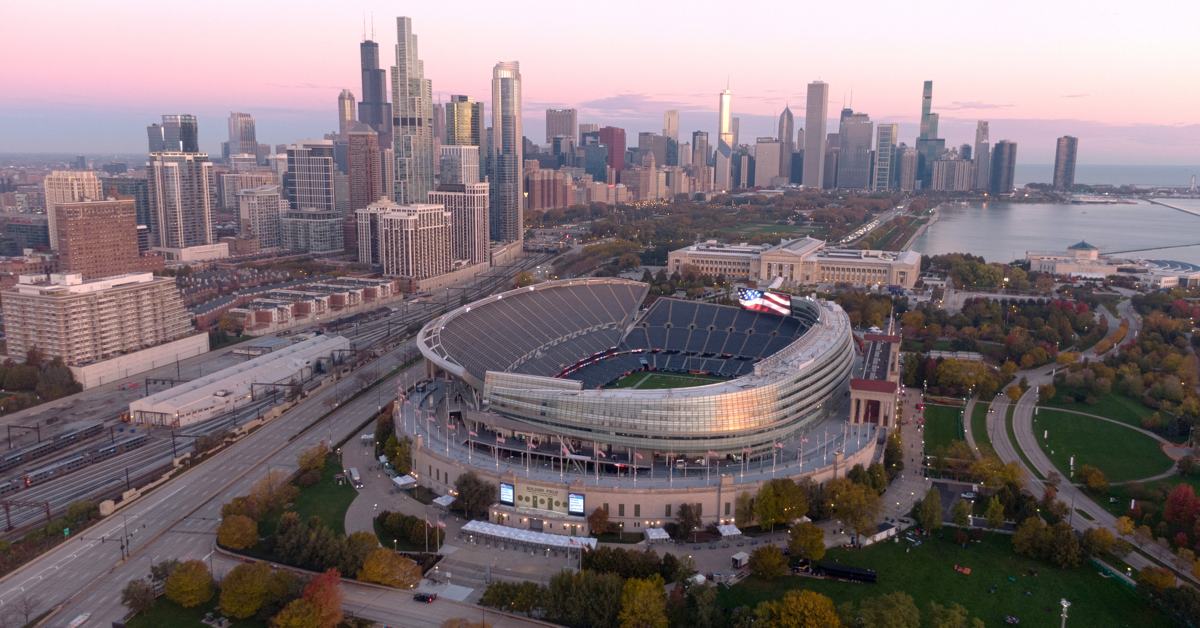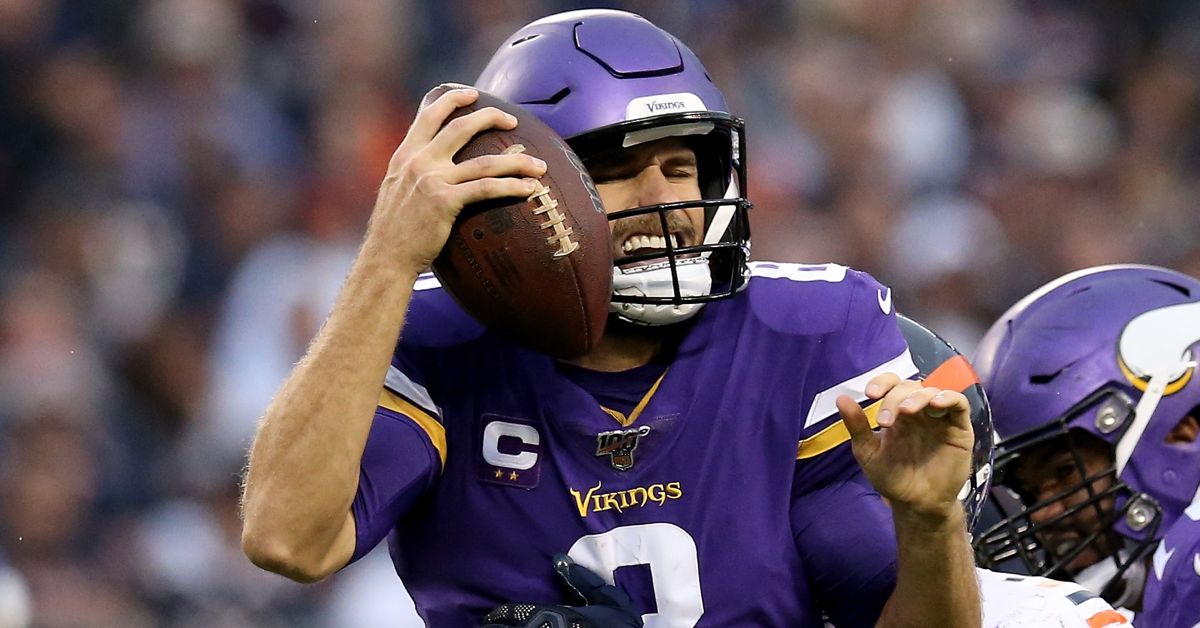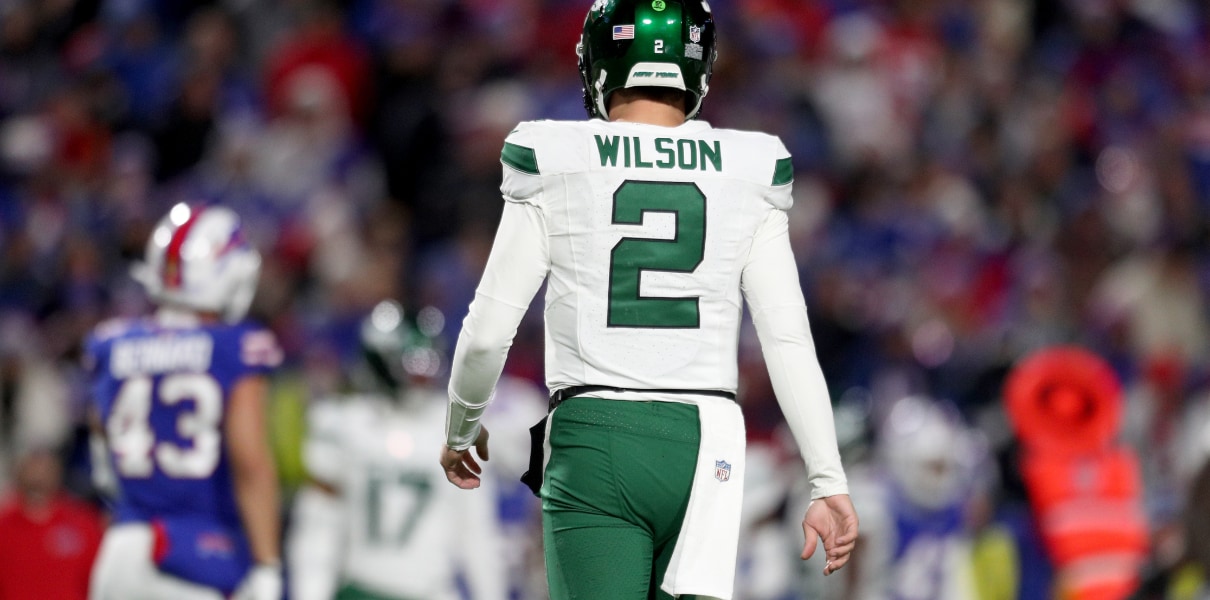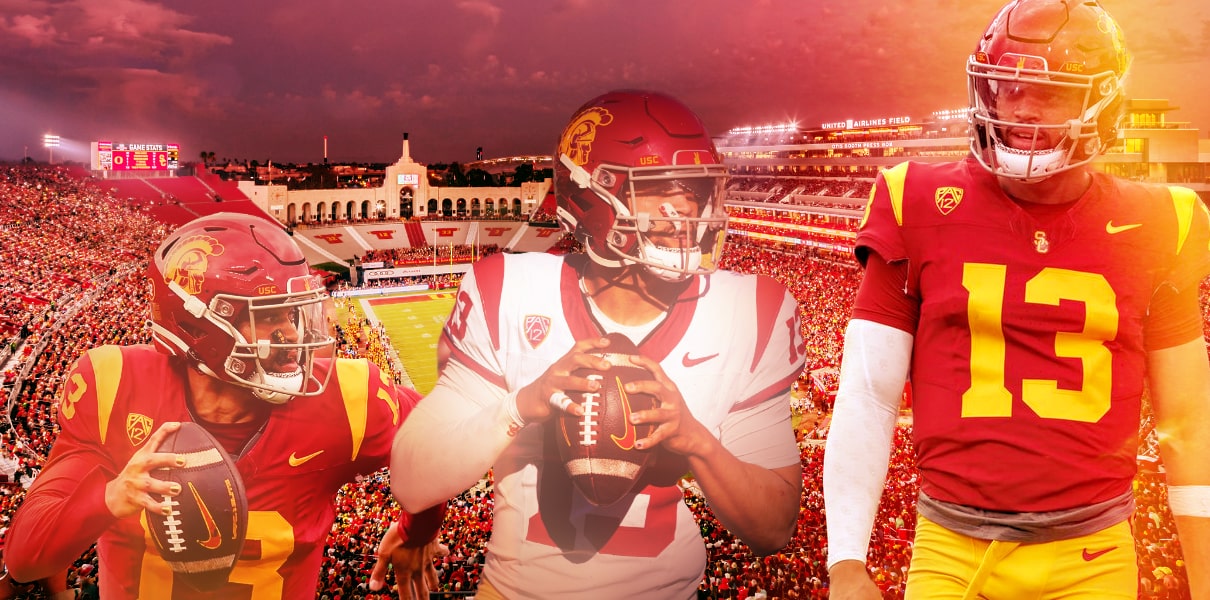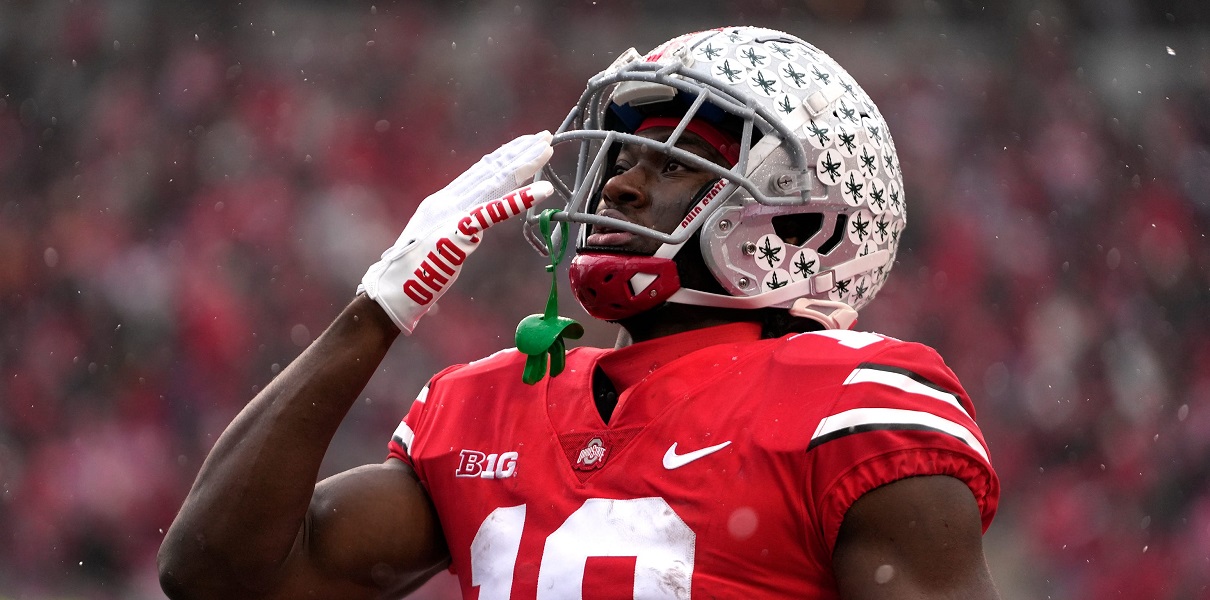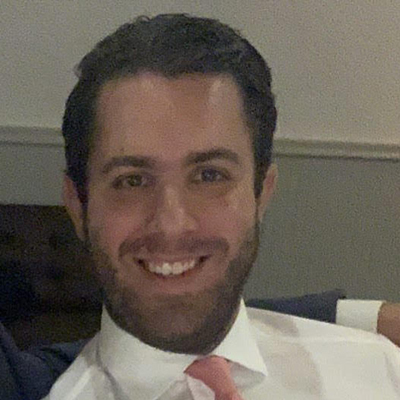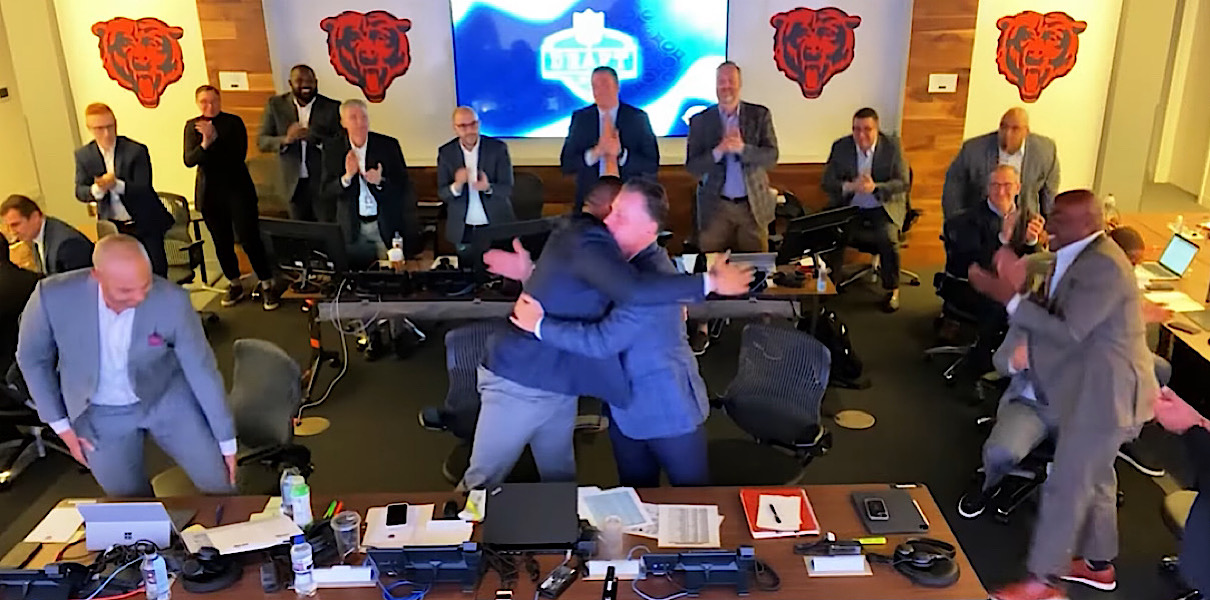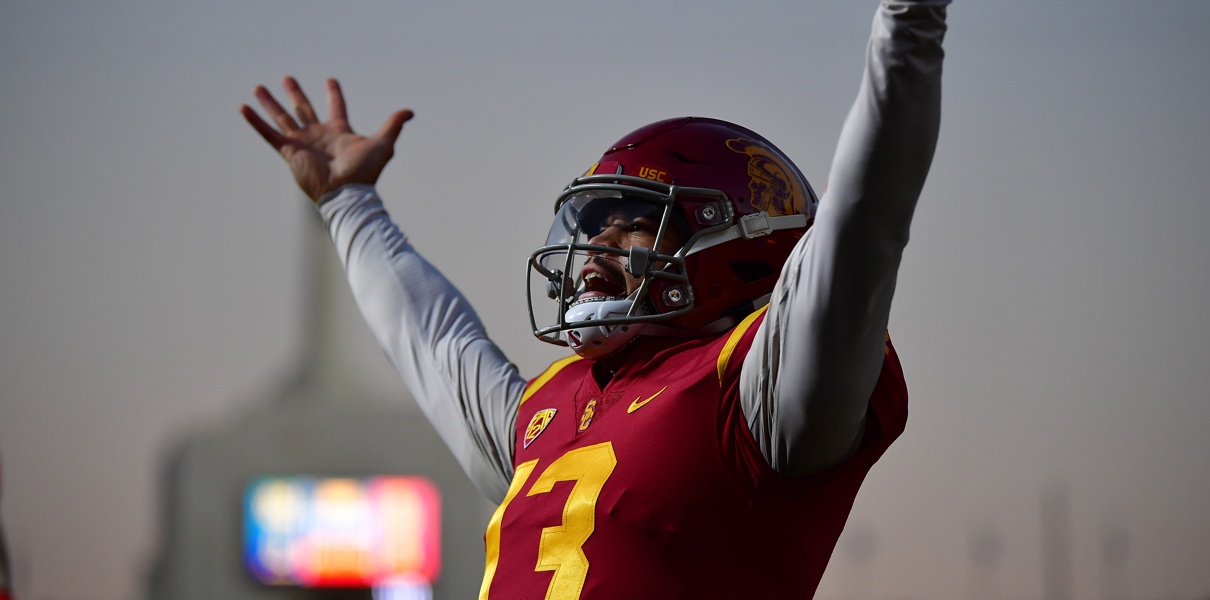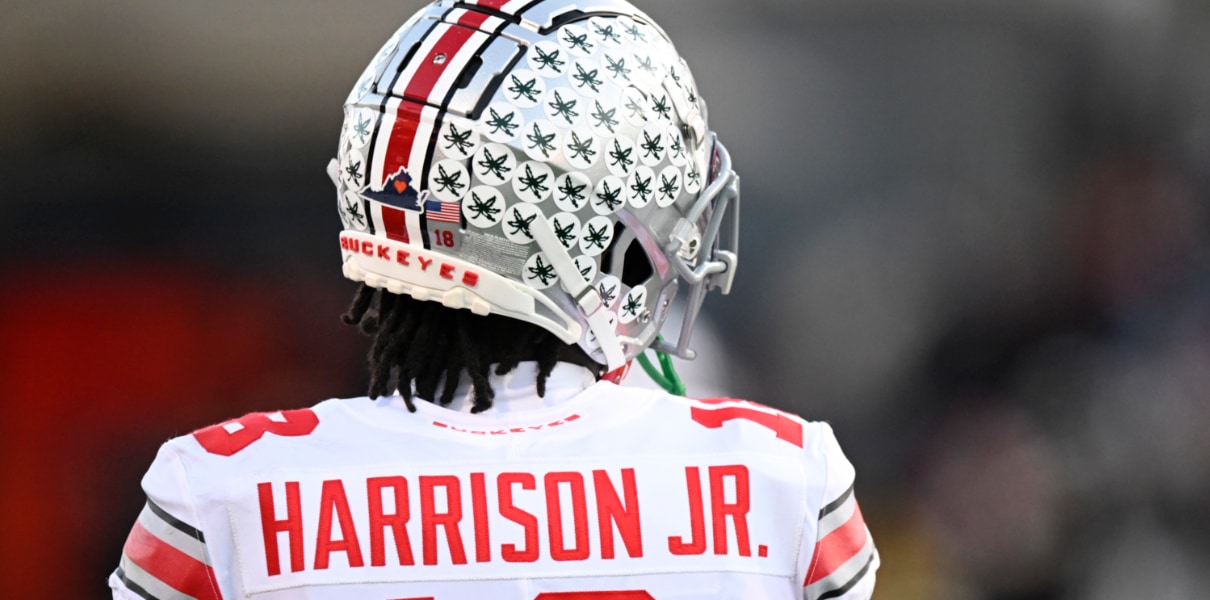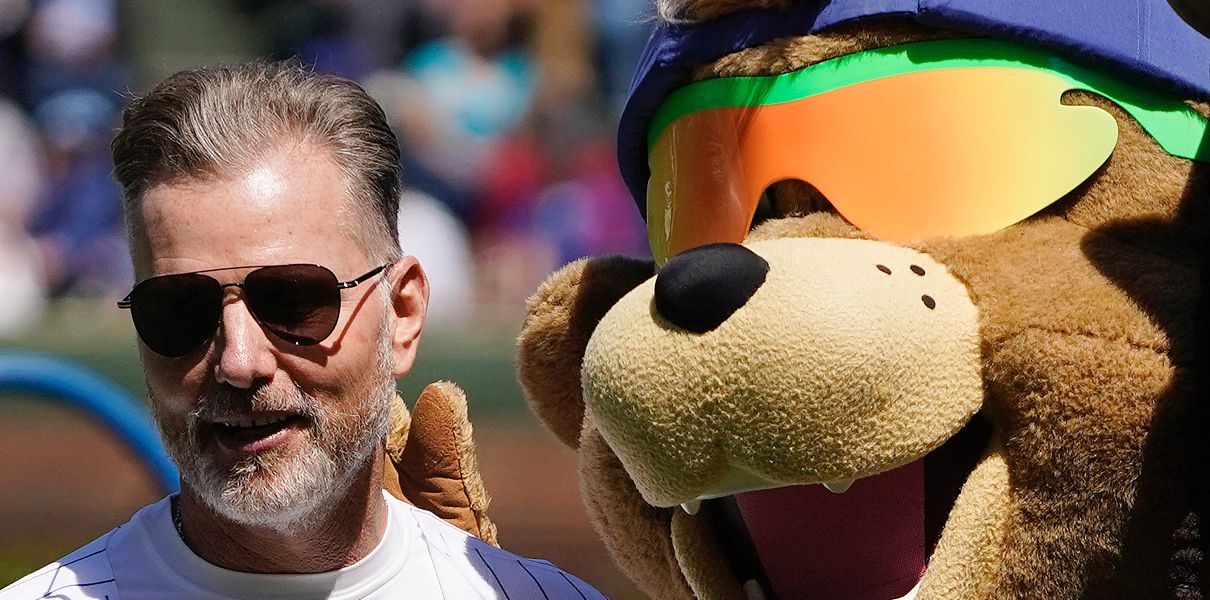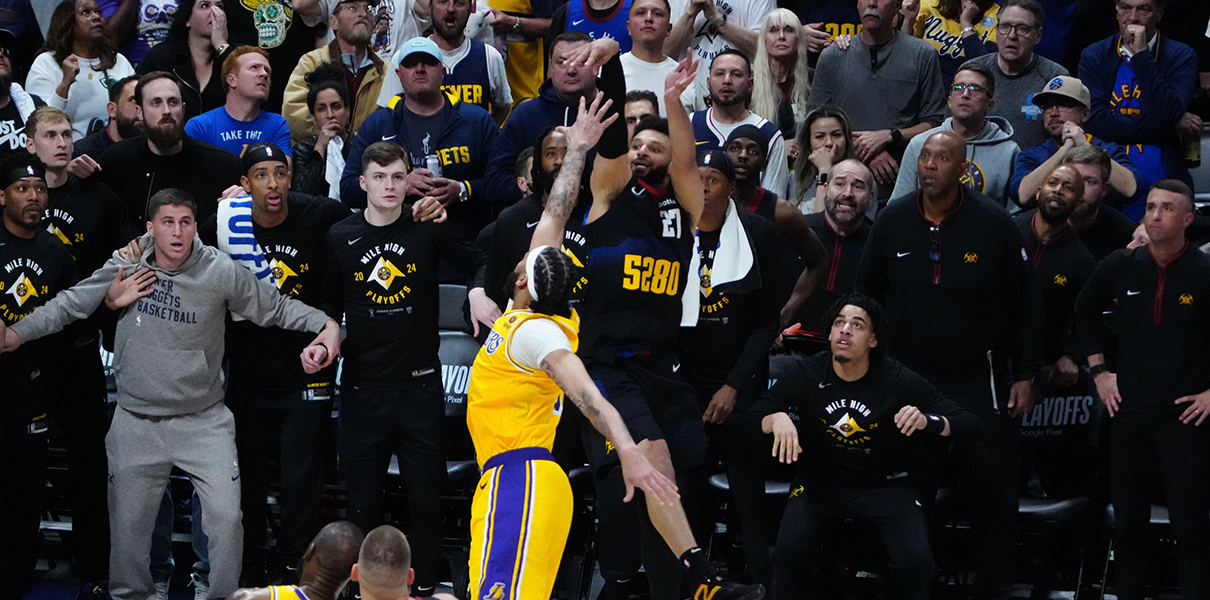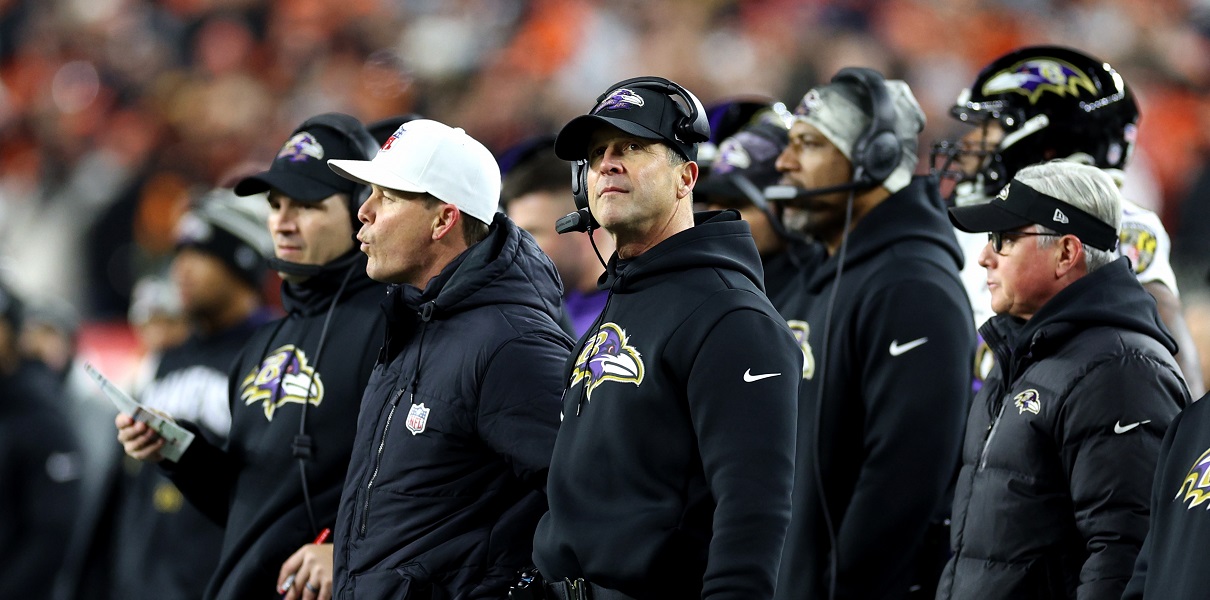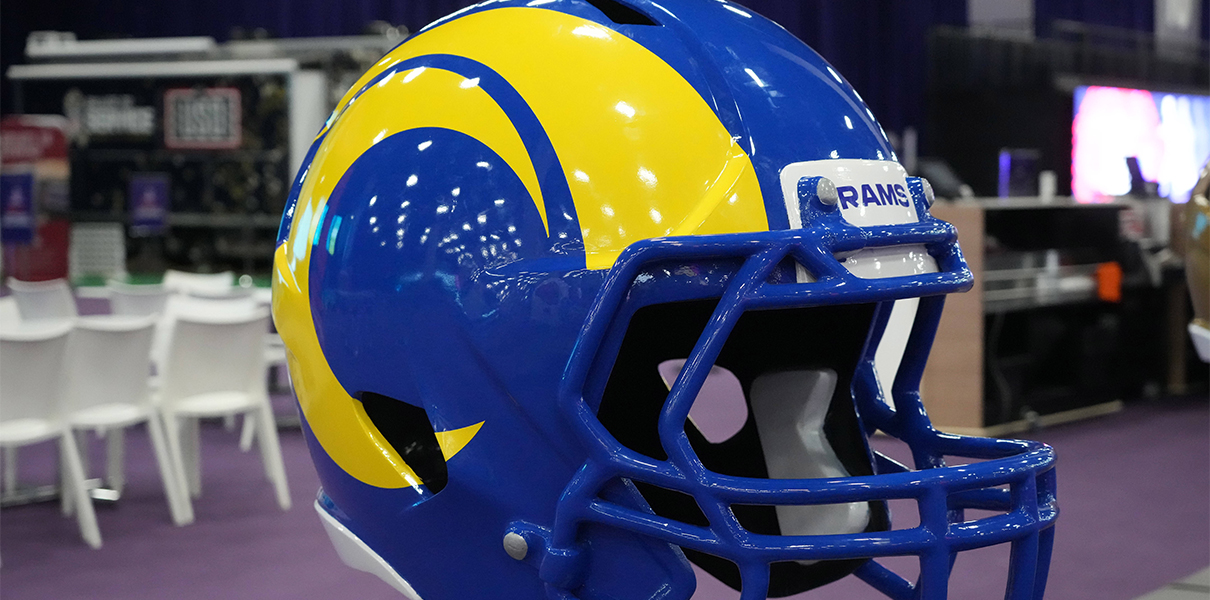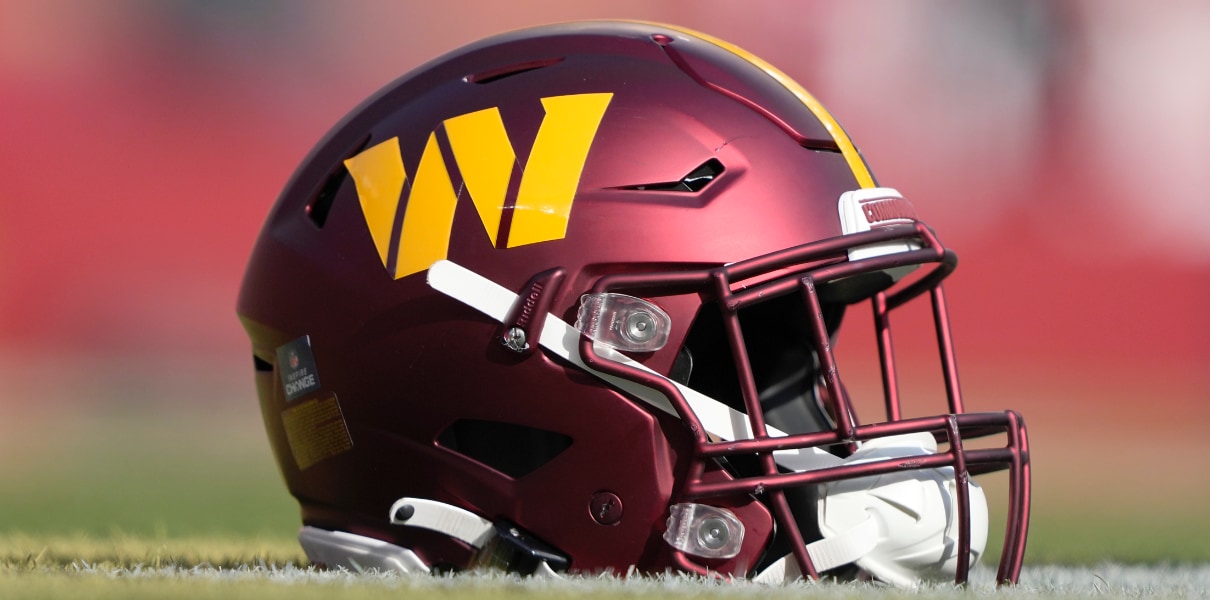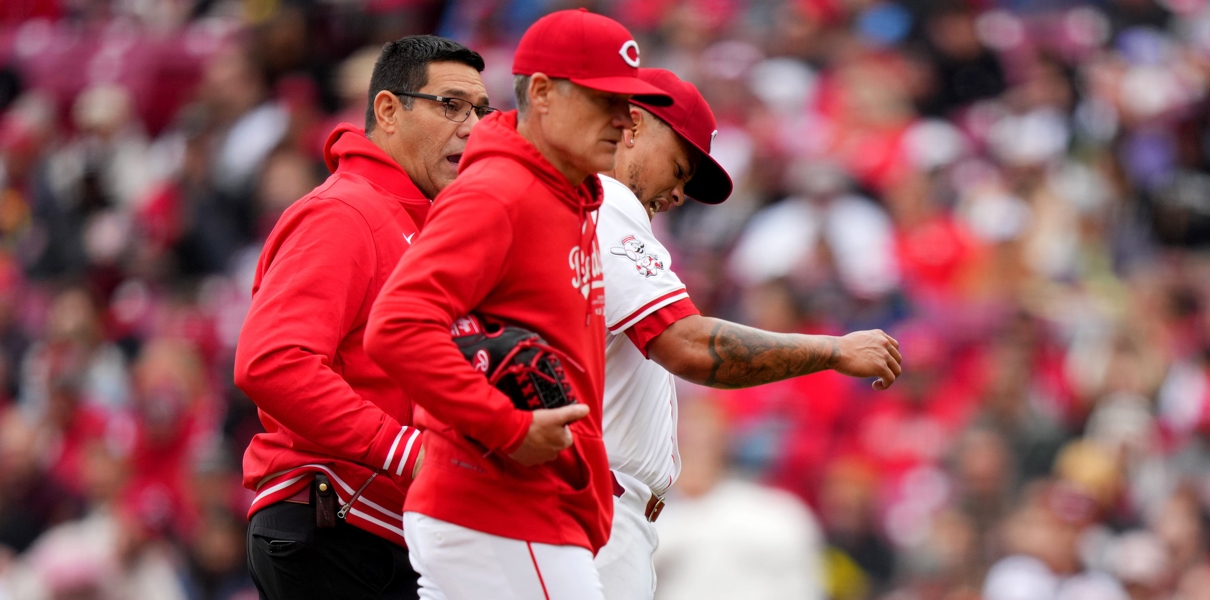While doing some back-of-the-envelope math yesterday, the extrapolated numbers for Justin Fields’ 2022 season project the Chicago Bears’ QB1 to take 65 sacks this season. That is an alarming rate of sacks for this (… or any) era.
So … who gets the blame for it?
Well, it’s complicated.
Let’s discuss.
Is Justin Fields to Blame?
These charts from ESPN’s Seth Walder challenge the general belief that Fields is helpless behind the offensive line in front of him:
By ESPN’s pass block win rate metric, the Bears have the second-best number. And it ultimately leads to Fields having the longest time to throw in the NFL. Hence, I understand why ESPN’s analytics chief comes to the conclusion it’s on Fields.
But it is absolutely wild to think about how ESPN’s analytics paint the Bears’ offensive line as one of football’s best in terms of pass protection all while the Bears have let up the highest pressure percentage and sack percentages in the NFL to this point. Again. Justin Fields is on pace to take 65 sacks this year. And it’s “mostly” on the quarterback? That doesn’t feel right.
But, hey, at least these Bears are well-represented in ESPN’s pass-block win rate metric. Particularly with right tackle Larry Borom (85%) checking in as the fourth-highest graded offensive tackle in that stat. For what it’s worth, Borom also grades out relatively well on Pro Football Focus’ grading scale. Borom ranks 40th among the 76 tackles qualifying for the leaderboard. And as a pass-blocker, Borom’s 77.4 grade is the 17th best among tackles. Maybe Ryan Pace didn’t leave the Bears like someone who left the room after dropping a fart.
But there’s a but…
C’mon, Man! It’s the Offensive Line
Even with ESPN’s metrics being what they are, there has long been a feeling that this line was going to be problematic all year long. So while ESPN’s number crunching doesn’t churn out data that suggests the line is a problem, other sources do:
Elsewhere, PFF ranks the Bears’ offensive line 30th in football going into Week 7. And when you’re ranking 30th in a 32-team league, that’s not good. Full stop. Collectively, Pro Football Focus ranks the Bears 31st in pass-blocking efficiency and 27th in pass-blocking grade. That’s just not going to cut it.
Individually, the PFF pass-blocking grades aren’t much to write home about. Unless you want to write home a letter of distress. Because while Larry Borom’s grades are fine, there are some unsightly numbers elsewhere along the line:
Given this set of data, it is incredible to see ESPN’s flowery assessment of the pass-blocking situation. If you gave me these numbers and told me this was the second-best pass-blocking line in football, I’d assume you’re beyond getting help.
It’s Ryan Poles’ Fault, Isn’t It?
The chef can take only so much blame for a whack meal when his bosses are giving him sub-par ingredients. With that being said, first-year GM Ryan Poles should probably fall on the sword here.
Poles and the Bears entered the new league year with a little more than $29 million in cap space. That number could’ve ballooned to $53 million with creative trimming along the way. But that is part of a different discussion for a different day. The more relevant discussion for our purposes right now is about what Poles did with the assets available to him. Think about who the Bears brought in for their offensive line:
None of these signings suggested significant improvements were on the horizon. Incremental improvements? Sure. Poles definitely raised the floor from where Ryan Pace had it. But it wasn’t enough to escape the current situation. And it’s not as if there weren’t avenues. Especially when Poles was ready to dive in with big bucks for defensive tackle Larry Ogunjobi in free agency, then go on to use his first two draft picks on defensive players.
Thankfully, this past offseason wasn’t the last in NFL history. Poles will get another chance next offseason to make noteworthy changes along the line. Hopefully, this year’s showing will nudge him toward being more progressive (and aggressive) in his search for help.
In the End
I don’t think there is one specific answer to the question, which adds another layer of frustration to this conversation. Suggesting that every sack is a quarterback’s fault is along the same lines of thinking from folks who believe anyone can be an MLB-caliber closer. That type of over-simplistic thinking just doesn’t line up with everything. But it’s not like we can blame everything on the offensive line. And we can’t even pin it all on the general manager who put it all together because we know he might as well have been operating with one hand tied behind his back.
Ultimately, it brings me to this: The Bears’ pass-game problem is something that everyone has a hand in. And while analytics might tell a story laying blame on one party over another, it will take more than fixing that aspect to get this thing going in the right direction. Chicago’s football team needs to go back to the drawing board when it comes to building its line.



